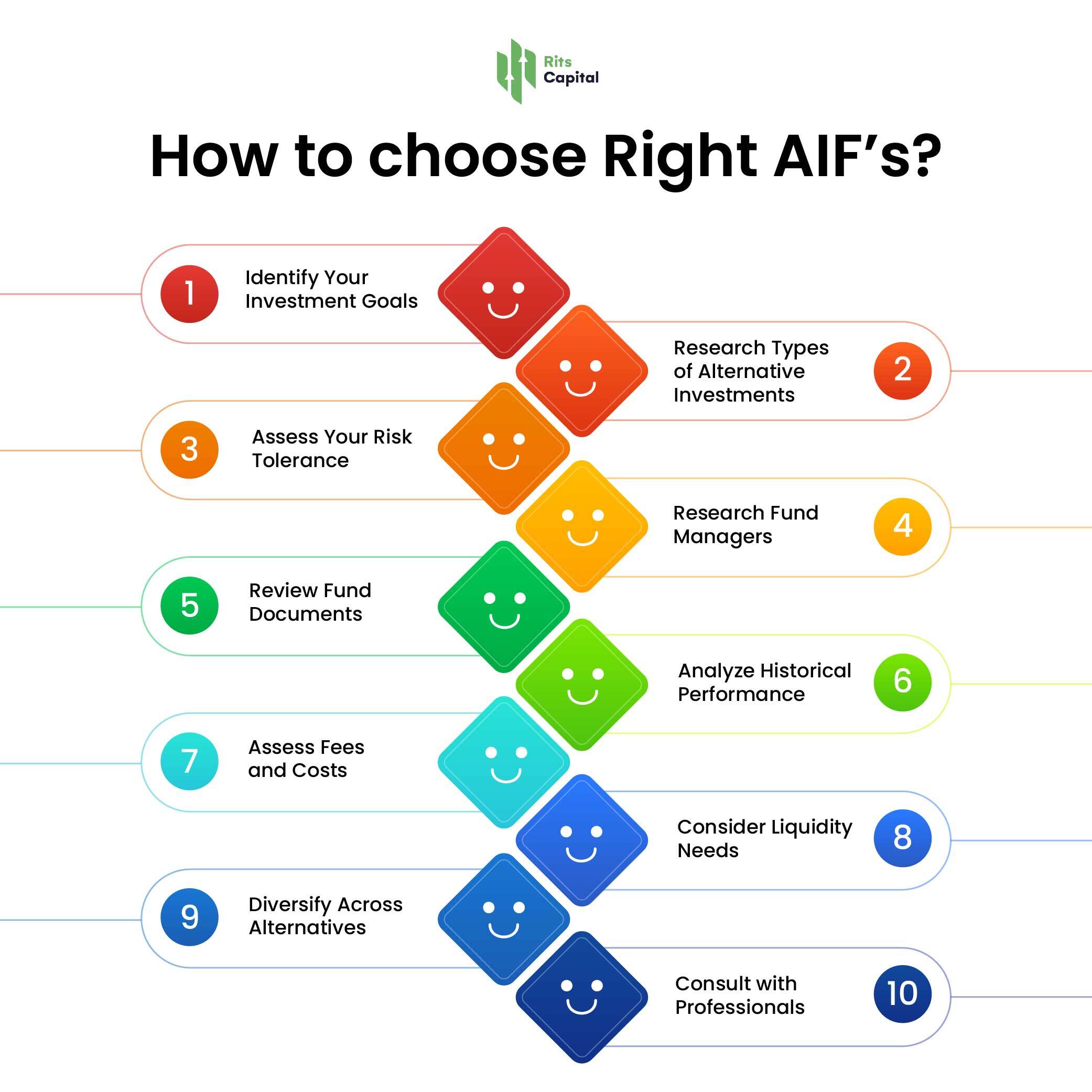Category-3 AIF Fund Instrument uses by Smart Investers
Saxena Varun 4 min read 25AIFs, or category 3 alternative investment funds, have gained popularity among investors looking for diversification because of their long investment horizons and high return potential.
It is clear in the fast-paced world of financial markets that geopolitical events, international headwinds, and other factors frequently cause the stock market to see volatile price swings. Even though there are a variety of causes for these fluctuations, they ultimately affect investors’ portfolios. Therefore, it is impossible to overestimate the importance of variety in this situation. Investors are always looking for ways to strengthen their investing strategies in a time when diversified portfolios and maximum returns are the most important goals.
In this regard, alternative investment funds (AIF) have become a popular asset class among investors looking for diversification. Over time, category 3 has become the most popular of the three AIF categories. This is because of its many advantages, including a lengthy investment horizon and a high return, as well as its capacity to offer substantial diversification.
Impactful diversification: The role of category 3 AIFs
versification is therefore an essential risk-reduction strategy, and AIFs offer access to a greater range of assets than just traditional stocks and fixed-income instruments. More possibilities are available through alternative investment funds, many of which can increase returns on investment and diversify. Unlike traditional stocks, bonds, and mutual funds, these investment vehicles offer investors new and creative ways to optimize their wealth.
The AIF sector grew by 30% annually in FY 2022–2023, rising from Rs. 6.41 lakh crore in FY 2022–2023 to Rs. 8.34 lakh crore in March 2023, according to SEBI. Particularly, Category 3 AIFs have spurred several advancements. The outcomes that these investment vehicles have been producing are outstanding, and they often concentrate on growth-oriented businesses, including major, mid, and small-cap firms.
In August 2023, 60 out of 61 category 3 AIFs exceeded the Nifty 50, despite market declines, according to a PMSBazaar study. This demonstrates that these funds have the ability to provide strong returns in addition to serving as a buffer against market turbulence or a financial catastrophe.
Choosing the correct fund can have a significant impact on the portfolio, even if AIF category 3 might be a calculated move for investors looking for diversity outside of conventional channels.
What is AIF catafory-3 fund?
Category III Alternative Investment Funds (AIFs) in India are sophisticated, privately pooled investment vehicles regulated by SEBI, distinct for their dynamic, complex trading strategies, often involving leverage and derivatives. Unlike other AIF categories that typically focus on long-term, illiquid investments, Category III AIFs actively pursue short-term returns from both listed and unlisted markets.
Core Characteristics & Investment Philosophy:
- Complex Strategies: These funds employ advanced techniques like hedge fund strategies (taking both long and short positions, arbitrage), Private Investment in Public Equity (PIPE) funds, and special situation funds (investing in companies undergoing mergers, bankruptcies, or restructurings).
- Leverage Usage: A hallmark feature, Category III AIFs can use borrowed capital, typically limited to two times their Net Asset Value (NAV) (e.g., a ₹100 crore fund can take positions up to ₹200 crore). This amplifies potential returns but significantly increases risk.
- Derivative-Centric: They actively trade in various derivatives (futures, options, swaps) for both directional bets and hedging against market volatility.
- Broad Investment Universe: Investments span listed/unlisted equities, debt, complex structured products, and units of other AIFs.
- Flexible Structure: Unlike Category I and II AIFs (mostly close-ended), Category III AIFs can be structured as either open-ended (allowing periodic subscriptions/redemptions) or close-ended.
Visit here to know: Types of categories in AIF
How to choose Right AIF’s?
The primary criterion for selection is that the AIF must be run by a reputable asset management company (AMC) with a stellar reputation for working with family offices, HNIs, and other clients. Examine the firm’s investment strategy to see whether it fits your risk tolerance and investing objectives. Investing in value-oriented growing firms, purchasing at a discount to intrinsic value, staying away from highly leveraged companies, avoiding frequent equity dilution, and other factors are only a few examples of the various aspects that can be included in the investment criterion.

Visit here to know: What is AIF?
Final words
In today’s volatile markets, diversification is paramount. HNIs and family offices are strategically embracing Category III AIFs as a powerful solution. These funds offer robust protection against market swings and significant return potential, as seen by their outperformance even during Nifty 50 declines.
This isn’t just about finding alternatives; it’s about smart, value-driven investment. With their flexible, leveraged strategies and focus on growth-oriented businesses, Category III AIFs provide access to diverse assets beyond traditional options. For sophisticated investors aiming to optimize wealth in 2025, these AIFs are becoming a strategic imperative, offering impactful diversification and strong growth prospects.
FAQ’s
Q1: Why are HNIs increasingly investing in Category III AIFs?
Ans: HNIs are shifting to Category III AIFs for portfolio diversification, potential for high returns, and their ability to navigate volatile markets using complex, actively managed strategies.
Q2: How do Category III AIFs help diversify a portfolio?
Ans: They diversify by investing in non-traditional assets (derivatives, unlisted securities, special situations) and employing strategies like long-short, which are less correlated with traditional equity or debt markets.
Q3: What makes Category III AIFs appealing for high returns?
Ans: Their appeal for high returns comes from their use of leverage to amplify gains and their active trading strategies that aim to profit from various market conditions, not just upward trends.
Q4: What’s the minimum investment required for a Category III AIF?
Ans: The minimum investment for a Category III AIF is ₹1 crore, making them accessible primarily to High-Net-Worth Individuals (HNIs) and institutional investors.
Q5: What are the main risks associated with Category III AIFs?
Ans: The main risks include higher market risk due to active trading, amplified losses from leverage, and complexity of strategies that require a sophisticated understanding of financial markets.